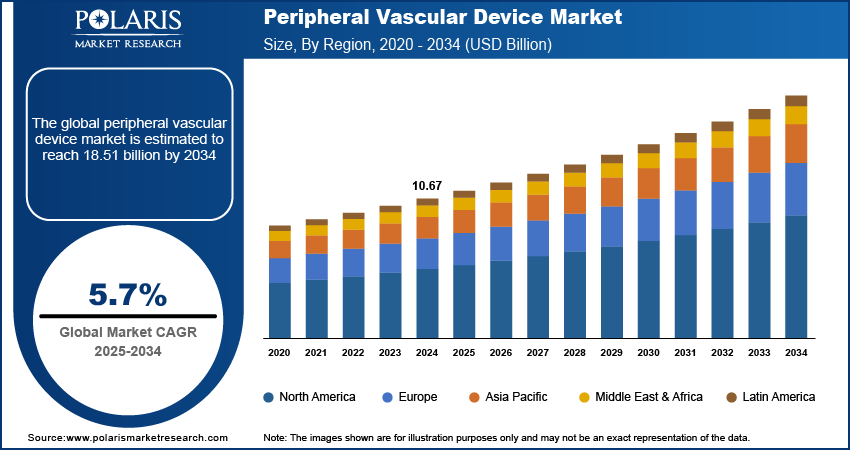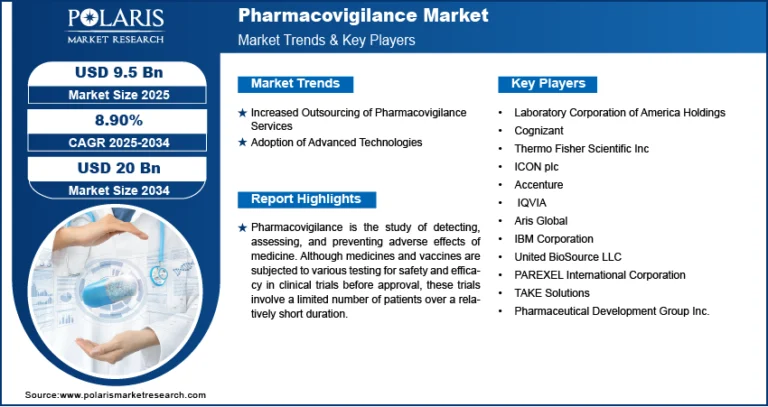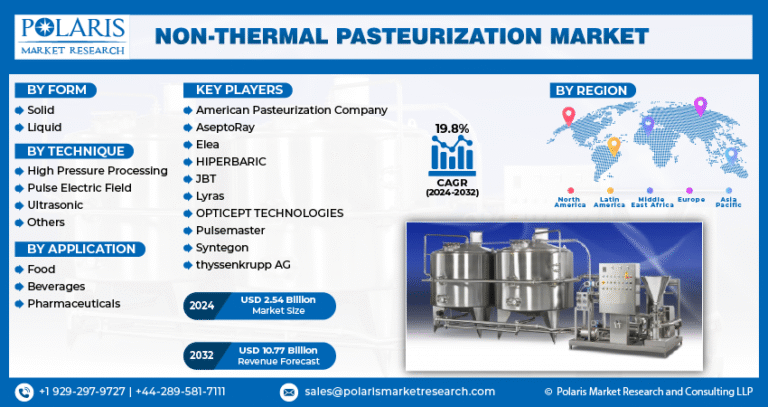Peripheral Vascular Device Market to Reach USD 18.51 Billion by 2034 Growing at a CAGR of 5.7%

The global peripheral vascular device market was valued at USD 10.67 billion in 2024. It is expected to expand from USD 11.27 billion in 2025 to reach USD 18.51 billion by 2034, reflecting a compound annual growth rate (CAGR) of 5.7% over the forecast period. The increasing incidence of peripheral arterial disease (PAD) in both developed and developing economies is a key factor fueling the growth of this market.
Peripheral Vascular Device Market Key Trends & Insights:
- Rising prevalence of peripheral artery disease (PAD) and aging population is fueling demand.
- Technological advancements such as drug-eluting stents and bioresorbable scaffolds are gaining traction.
- Minimally invasive procedures are increasingly preferred by patients and healthcare providers.
- Growing adoption of digital health solutions and wearable monitoring devices supports early diagnosis.
- Expanding healthcare infrastructure and investments in emerging markets offer significant growth opportunities.
- Strategic collaborations and mergers among key players are accelerating innovation and market penetration.
- Regulatory support for faster device approvals boosts the launch of advanced treatment options.
Market Size & Forecast:
- Market size value in 2025 – USD 11.27 billion
- Revenue forecast in 2034 – USD 18.51 billion
- CAGR – 5.7% from 2025 – 2034
𝐆𝐞𝐭 𝐄𝐱𝐜𝐥𝐮𝐬𝐢𝐯𝐞 𝐒𝐚𝐦𝐩𝐥𝐞 𝐏𝐚𝐠𝐞𝐬 𝐨𝐟 𝐓𝐡𝐢𝐬 𝐑𝐞𝐩𝐨𝐫𝐭:
Peripheral Vascular Device Market Overview:
The peripheral vascular device market is experiencing robust growth, driven by the increasing global prevalence of peripheral artery disease (PAD), diabetes, and an aging population. These conditions contribute to rising demand for effective and minimally invasive treatment options. Peripheral vascular devices, such as angioplasty balloons, stents, catheters, and atherectomy devices, play a critical role in restoring proper blood flow in affected limbs. Moreover, technological advancements like drug-eluting stents, bioresorbable scaffolds, and image-guided procedures are enhancing procedural success rates and patient outcomes.
The market is also benefiting from the growing preference for outpatient and ambulatory care settings, which offer cost-effective and less invasive treatment options. Emerging markets are presenting lucrative opportunities due to expanding healthcare infrastructure and increasing awareness. Additionally, strategic collaborations, mergers, and acquisitions among key players are fostering innovation and global expansion. The integration of digital health tools and wearable monitoring systems is further supporting early diagnosis and personalized treatment approaches, fueling the growth trajectory of the peripheral vascular device market.






